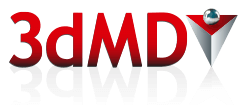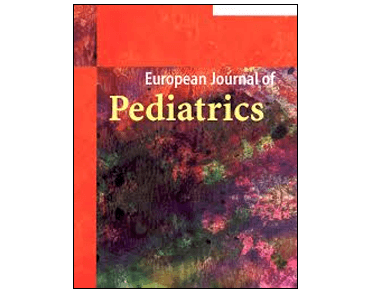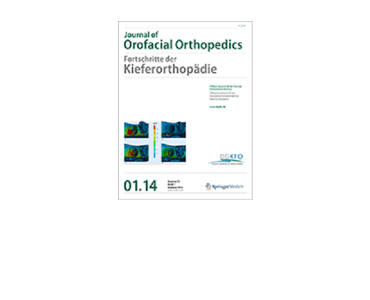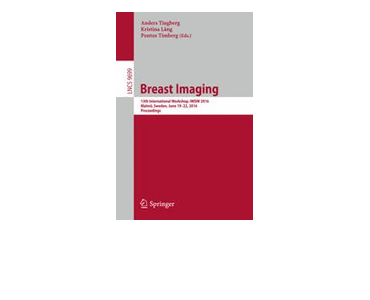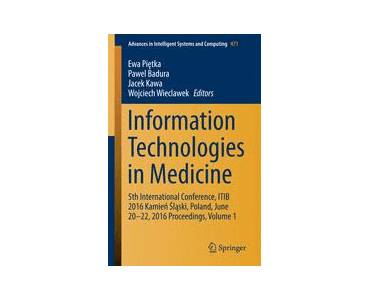The course of positional cranial deformation from 3 to 12 months of age and associated risk factors: a follow-up with 3D imaging. H Aarnivala, V Vuollo, V Harila, T Heikkinen, P Pirttiniemi, L Holmström, AM Valkama.
Date: September 2016. Source: European Journal of Pediatrics, pp 1–11. doi:10.1007/s00431-016-2773-z. Abstract: Deformational plagiocephaly is reported in up to 46.6 % of healthy infants, with the highest point prevalence at around 3 months of age. Few prospective studies on the natural course of skull deformation have been conducted, and we know of no studies using…
